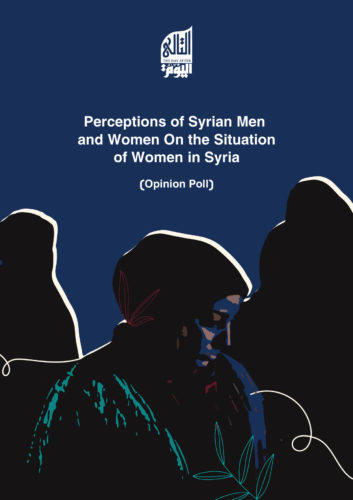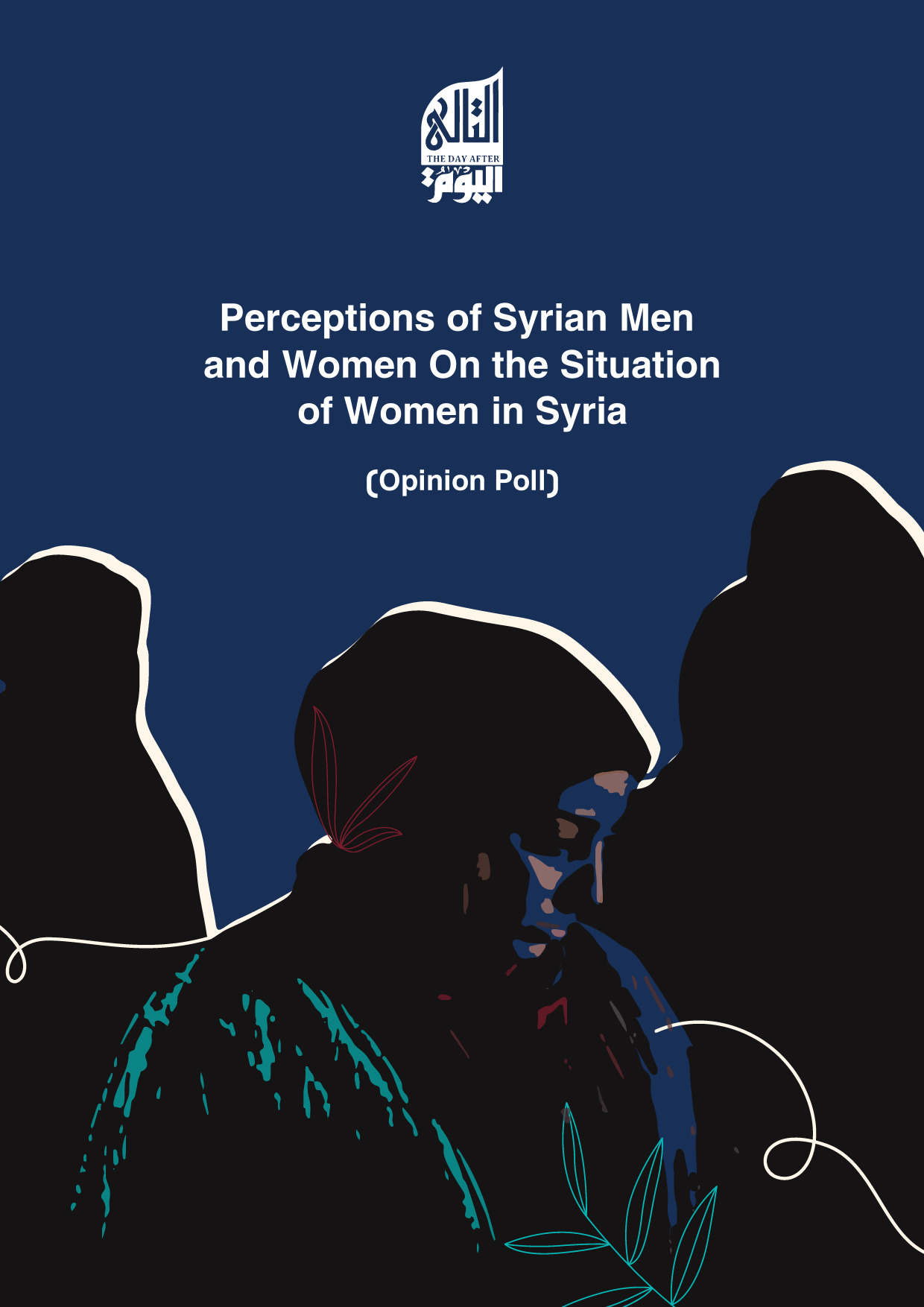
Date: September 2022
Violence related to local conflicts usually affects women more. This is more evident in conflicts with ethnic, national or sectarian dimensions, which exposes women to various types of systematic violence associated with local wars. In addition, poor living conditions, the disintegration of social safety nets, the proliferation of weapons, and the absence of law generate more exclusion against women.
At the same time, post-conflict stages may lead to the creation of an appropriate climate for positive change in political and living conditions, and the breaking of gender stereotypes for women.
In Syria, women have suffered greatly from systematic societal persecution, entrenched
by patriarchal norms, which marginalize women in many areas of life, especially in the
economic and political fields. This matter was exacerbated by the absence of legislation and laws obligating the state to remove the obstacles that prevent women from exercising their roles and limit their right to equal citizenship.
Despite all these security, societal and political challenges, and the consequent wide spread of gender-based violence, Syrian women have been able to create new spaces within the civil, service and living space. They have been able to establish women’s organizations and local initiatives led by women, working in areas of humanitarian, relief and service support, and the documentation of human rights violations and peacebuilding.
This report attempts to survey the impressions of a group of Syrians about the reality of Syrian women in the fields of education, job environments, civil and political rights. It is based on a closed quantitative questionnaire for a sample of 2,681 Syrians (52.7% women and 47.3% men), from different geographic regions, inside and outside Syria, from various national and religious affiliations and educational and living standards .
This opinion poll attempts to build quantitative indicators for a selected sample of Syrian men and women according to criteria that took into account the gender, location, profession and level of education, in order to contribute to understanding the difficulties and challenges that Syrian women face, and extract some suggestions and recommendations that may contribute to overcoming these difficulties and improving the reality of Syrian women in the future.
